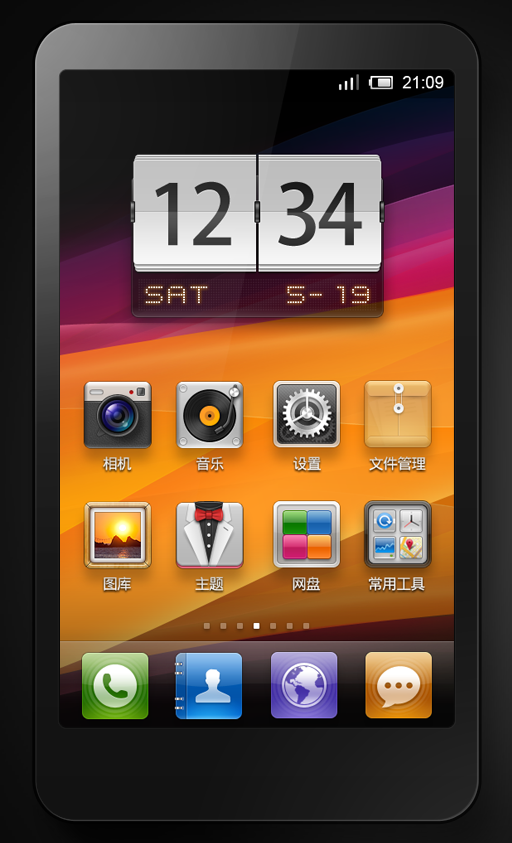
When Android first hit the market, its interface was just one of the many areas that the platform struggled. Over the span of three years and many updates, Android has experienced some pretty major UI changes. The stock interface is now well polished and pleasing to the eye … for the most part. It is still a little rough around the edges like in the Settings menu, notification window and add widget/shortcut/folder pop-up.
Being an open source project, many of the individual Android OEMs have attempted ironing out the kinks and polishing up the interface on their own with Sense UI by HTC, TouchWiz by Samsung and "Motorola Android experience" made by none other than Motorola. Love or hate, for better or for worse, these interfaces bring their own touch to the platform and definitely change the experience. In fact, they can be a make or break factor for a prospective buyer.
The problem is, more often than not, the changes are for the worse. Sure, they change the interface and arguably make it easier on the eyes. But these custom skins are repeatedly the cause of intermittent lag, slow updates, random battery drains and, sometimes, over-complicating an already cumbersome OS (in comparison to other platforms).
Not only have manufacturers exercised their creative bone with the Android interface, third-party developers have, too. Some in the form of launcher replacements, others entire ROMs on their own, the differences between them range from minute to worlds apart. Take CyanogenMod (CM) for instance. The differences between stock CM and vanilla Android are few and far between, but it excels tremendously in other areas (battery life, speed and native customization options).

One quick glance at a ROM like MIUI, however, and you may mistake it for an entirely different OS altogether. Why? Well, for one, it doesn't even really look like Android, and it's possibly the most polished UI of any mobile platform to date.
This great variation in Android is the sole beauty of the platform, and OEMs are blatantly ignoring the potential of exploiting such versatility and user choice. MIUI is the only Android interface I've seen that successfully brings a webOS- or iOS-like finish to the Android platform – something it desperately needs. With official support and a public face, MIUI could shed new light on the OS, especially for those users that fear the beta look and feel of Android.
I've said before that I feel Android manufacturers should support the ability to choose your Android variation at first start-up. With Samsung giving some of the CyanogenMod team Galaxy S II handsets to work with and other OEMs finally giving in to the likes of third-party developers, this is definitely a possibility. But the odds of MIUI getting out-gunned for the likes of CyanogenMod are high. MIUI deserves a little OEM love, too.
All things considered, there are rumors of an official MIUI phone being made in China. But the likeliness of that ever making it Stateside is slim to none. Plus, I'd rather see a manufacturer like HTC or Samsung take on the MIUI interface. What say you, pups? Should MIUI be officially supported by OEMs? Should it be included as an initial boot option?
Image via Dustin Earley of DroidDog (@du57in)